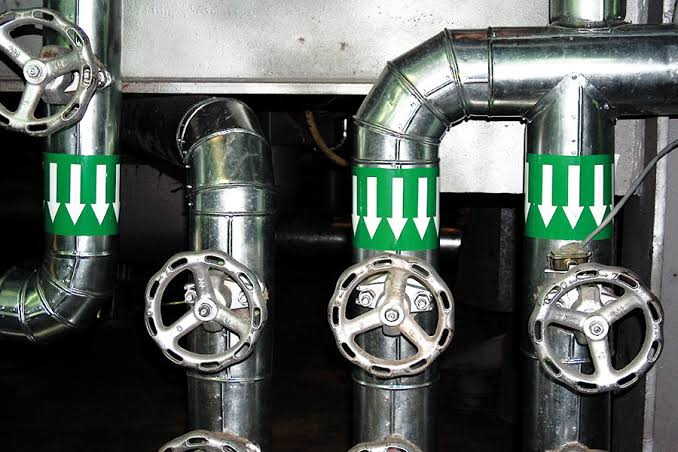In industrial settings, pipe marking labels are an essential part of workplace safety and productivity. While colors and codes play a significant role in determining the contents and dangers of pipes, these labels are only as effective as their other essential components.
In this article, we will examine the essential components that make pipe marking labels truly effective, going beyond colors and codes. Having an understanding of these aspects can assist in enhancing workplace safety, streamlining operations, and increasing productivity as a whole.
Key Elements of Effective Pipe Marking Labels
Clear and Consistent Pipe Marking Labeling
Pipe Marking Labels should be easy to read and understand from a quick glance. This means using simple fonts, using the right sizes, and avoiding designs that are too cluttered. Employees are able to quickly identify and comprehend the information presented when consistency is present.
They can easily identify the labels’ meanings regardless of their department or location because the facility uses standardized label formats.
Accurate and Relevant Information
Although colors and codes provide useful information, pipe marking labels must also include additional details. Relevant information like the contents of the pipe, flow direction, pressure limitations, and any potential risks associated with the pipe ought to be included in clear and concise labeling.
In addition to assisting maintenance personnel in identifying and promptly addressing issues, accurate information also helps prevent accidents. Vital safety information, such as emergency contact numbers, shutdown procedures, and pertinent safety protocols, ought to also be displayed on labels.
Durable and Long-lasting Materials
Effective pipe marking labels should be made of materials with long-term durability that can withstand the harsh industrial environments. Labels frequently face challenges such as physical impacts, chemical exposure, extreme temperatures, and moisture. Labels made of high-quality materials with a strong adhesive backing, such as polyester or vinyl of industrial grade, are guaranteed to remain legible over time.
Using climate safe materials is vital for outside applications, where marks are presented to UV radiation and other natural components.
Strategic Positioning and Visibility
The effectiveness of pipe marking labels is significantly influenced by their position and visibility. To ensure that the labels are easily observable from a variety of perspectives and distances, they should be placed at regular intervals along the pipe. Especially in crowded or complicated environments, placing labels above or at eye level improves visibility.
In addition, labels should not fade or peel off over time and should not be obstructed by equipment or debris. Maintaining label visibility in dimly lit areas necessitates adequate natural and artificial illumination as well.
Regular Maintenance and Inspections
Even the most effective pipe marking labels need to be checked and maintained on a regular basis to keep working well. Labels should be checked on a regular basis for fading, peeling, or physical or environmental damage. If any problems are found, they should be fixed, placed with inspection tags, or replaced right away.
In addition, it is essential to inform workers of the significance of pipe marking labels and to encourage them to report any missing or damaged labels. The labeling system’s regular audits and reviews can help identify areas for improvement and ensure compliance with industry regulations and standards.
Conclusion
Although colors and codes are the foundation of pipe marking labels, the key components discussed in this article go above and beyond these fundamentals to improve their effectiveness. A safer and more productive workplace is made possible by consistent and clear labeling, accurate information, long-lasting materials, strategic placement, and routine maintenance.
Organizations can create an environment where pipe marking labels not only comply with regulations but also serve as reliable guides, promoting workplace safety and operational efficiency. This can be accomplished by giving priority to these elements.








